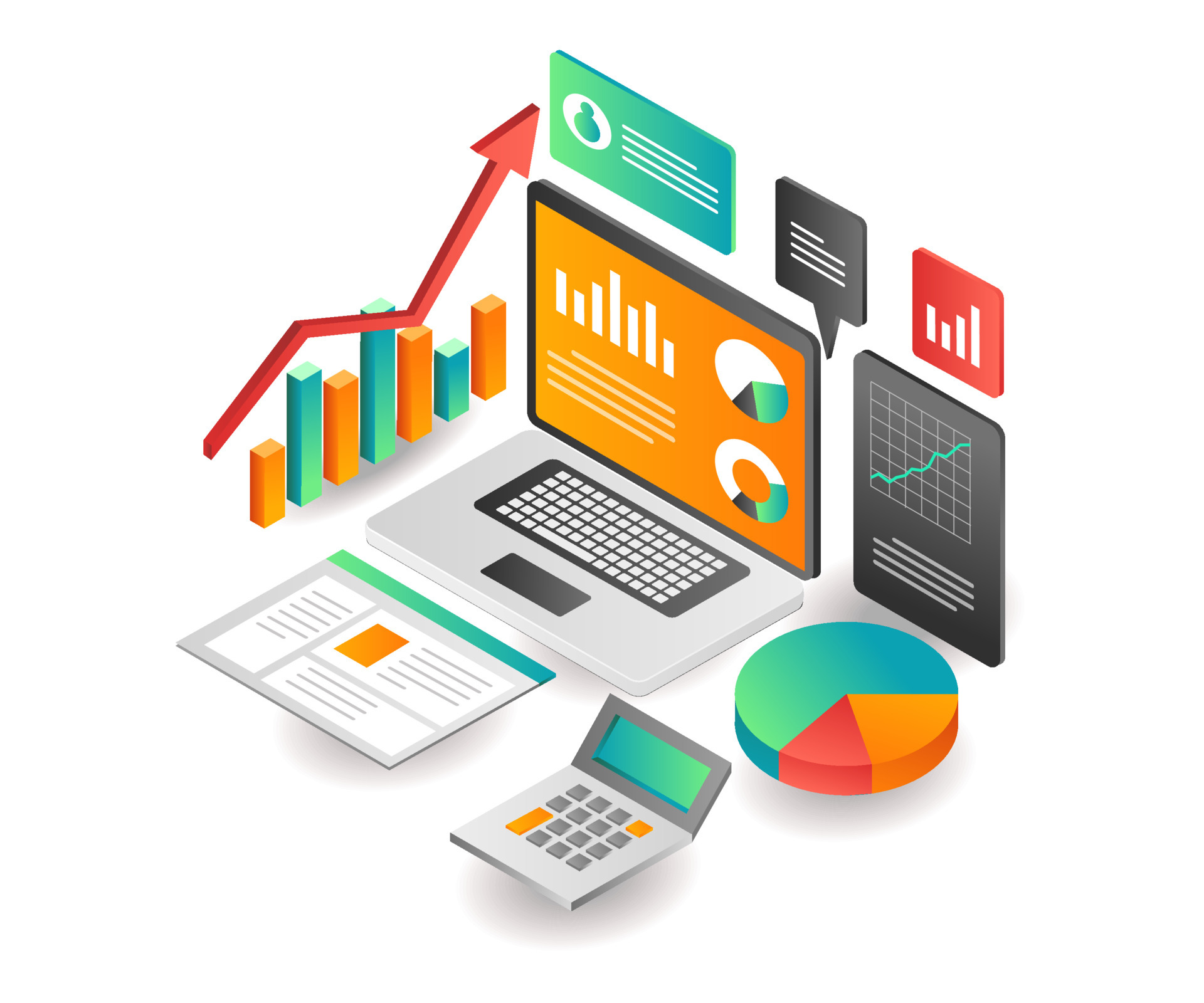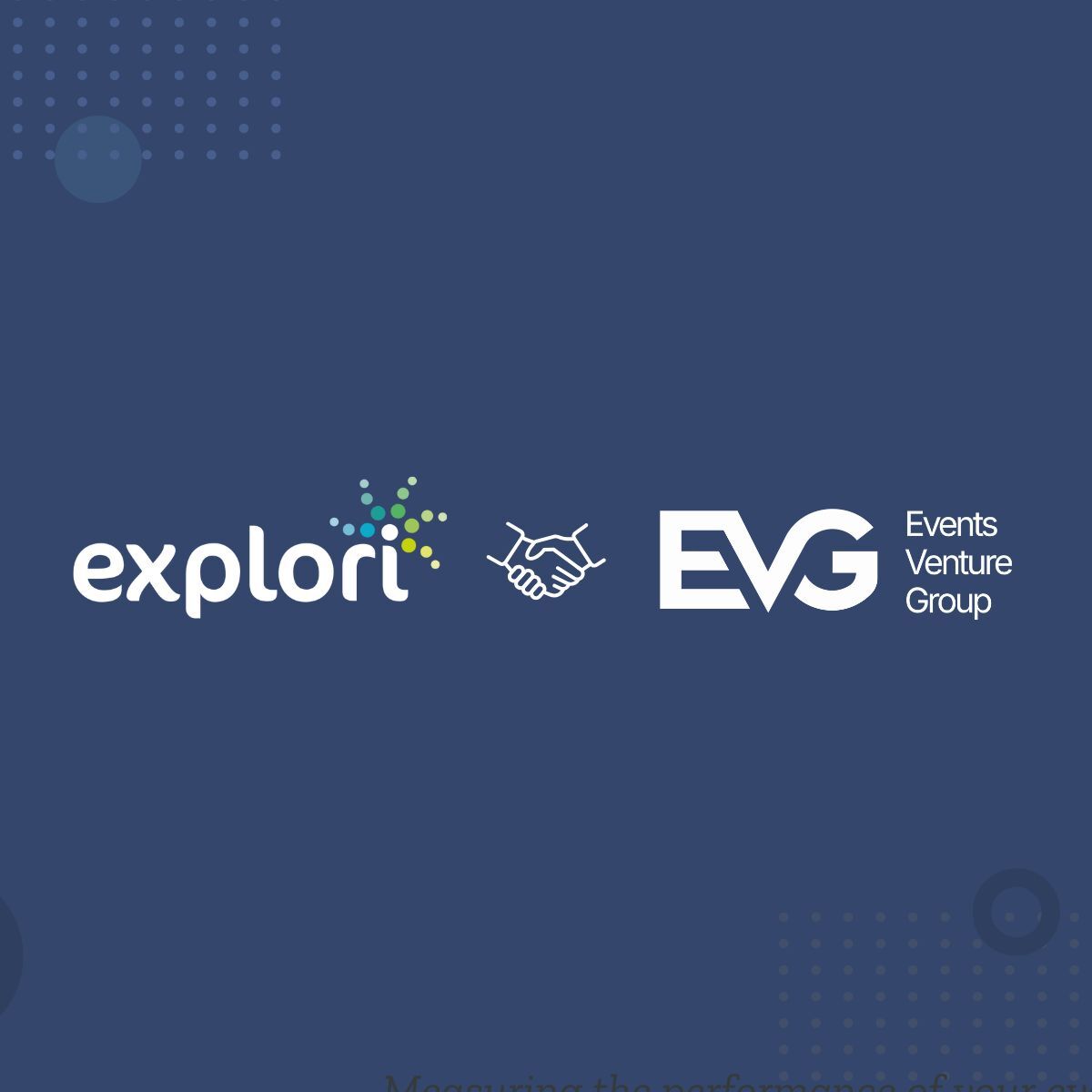From SaaS to Events: What Can Event Professionals Learn About Data-Driven Strategy?
It’s nearly 2025, and yet millions of $ continues to be spent on event programs without optimal guidance from data-driven strategies. When measurement of other marketing channels, particularly digital, is getting increasingly sophisticated and trusted, now is the time for our industry to step up to the mark.
In 2018, after years in the events industry, I made a significant shift by stepping into the world of scaling SaaS startups, particularly in the video and conversational AI spaces. This experience transformed my understanding of strategic decision-making, especially when it comes to data. Now, having come full circle, I’ve returned to the events world with a fresh perspective and a new lease of life, blending my passion for events and technology in my role at Explori.
So, what does this fresh perspective look like?
Working in SaaS opened my eyes to the power of data-driven decision-making— something that event professionals can increasingly benefit from today. To not only improve the attendee experience, but also prove the value of events to the C-suite, event professionals must take a more strategic approach to decision-making, informed by data.

There are three core lessons that I’m bringing back with me:
Lesson 1: Data Over Gut Feel
One of the biggest shifts I experienced when moving from events to SaaS was how much we rely on gut instinct, intuition, anecdotal evidence and past experiences to drive strategy. While creativity and intuition are valuable, they should be informed by data to make more impactful decisions.
Every product feature is scrutinized by metrics; how many users interact with it, how often, and what outcomes it drives. Even the smallest change in a product feature can yield dramatic shifts in engagement and success.
Marketing strategies are meticulously tracked, with A/B tests, user behaviour analysis, and conversion rates providing clear indications of what works and what doesn’t. This culture of data-driven iteration has taught me the value of harnessing the right metrics to drive decision-making.
It becomes second nature to make decisions based on user data rather than intuition. This rigorous approach to building and scaling a tech product made me wonder: Why don’t we apply the same data-driven rigour to the events industry?
Lesson 2: Personalization Through Data
In SaaS, personalization is key—whether it's tailoring a chatbot’s response based on user behavior or crafting personalised onboarding experiences, tech companies use data to customize the user journey.
Event professionals can apply the same approach. Using attendee data to create personalized experiences not only increases satisfaction but also maximizes engagement. By analyzing data such as past attendance, interests, and session participation, event professionals can recommend tailored agendas or suggest relevant networking opportunities.
Personalization isn't just about making the event feel special—it's about increasing its impact. When attendees feel the event is designed with them in mind, they are more likely to return and recommend it to others which suggests positive brand perception and increased loyalty which will justify continued or increased investment in the event. For event organizers, this data is crucial in proving ROI, optimizing future events, and securing future budgets.
Lesson 3: Proving Value and Defending Budgets with Data
Perhaps one of the most critical lessons from the SaaS world is the importance of proving value through data—a mindset that event professionals need to embrace, especially when justifying budgets to the C-suite.
In SaaS, you measure success through hard data—customer acquisition costs, retention rates, and lifetime value, among other metrics. This data isn't just for internal use within your team; it's shared with senior stakeholders to demonstrate the product's success and justify ongoing investment. Event professionals need to take the same approach.
For many organizations, events are a significant investment, but it can be difficult to show direct ROI. Reactive metrics like attendee numbers and leads generated provide some insight but aren't enough to demonstrate the true business impact. That’s where strategic event measurement comes in.
To truly defend the budget spent on events, deeper data analysis is required. Key areas to focus on include:
- Benchmarks: Event performance can’t be communicated without context. If you can compare one event to the performance of others in your company, and even the industry you operate in, you can begin to pinpoint what success looks like for your team in a meaningful, data-driven way.
- Behavioural analysis: It’s crucial to track how your events influence attendee sentiment, brand affinity, and purchase intent.
- Attendee satisfaction and loyalty: Monitoring your events’ year-over-year increases in NPS (Net Promoter Score) and repeat attendance will help to truly measure long-term impact.
This level of precision shifts the conversation from simply justifying costs to demonstrating your event program’s essential role in driving business objectives, making it easier to secure future budgets.
Coming Full Circle: Combining Events and Technology at Explori
After my journey through SaaS, my return to the events industry through Explori has allowed me to blend my passion for events with the power of data-driven technology.
As we approach 2025, it’s clear that data-driven decision-making is no longer optional for event professionals. With marketing channels like digital growing more sophisticated and trusted, the events industry must rise to meet this standard.
My journey from the events world to SaaS, and now back to events, has shown me that applying the same data-driven rigor used in tech can lead to smarter decisions, stronger event impact, and ultimately, the ability to prove the true value of event programs to senior leadership.
By embracing these principles, we can move beyond instinct and creativity alone, ensuring our events not only inspire but also deliver measurable business outcomes that the C-suite can confidently support.
.png?width=150&height=61&name=explori_logo%20(1).png)


